The Search for the Best Golf Ball
Golf Ball Hot List 2022
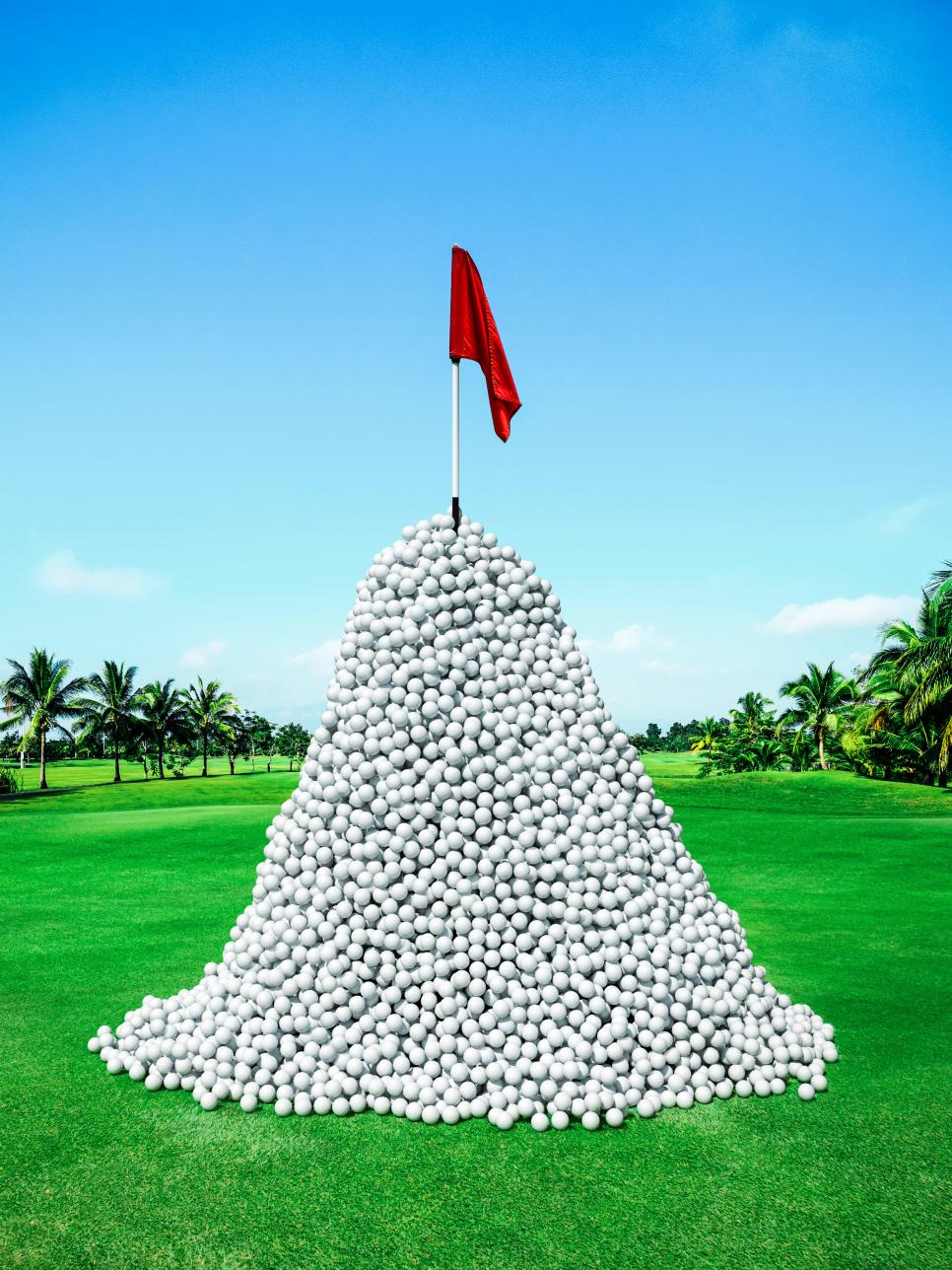
As much as it might feel like it, the search for the best golf ball for you is not quite like Tinder or Bumble or even Hinge. Yes, there are dozens of options to sift through—for our Hot List this year, we tested 89 balls to narrow our selections to the 26 winners and 40 models that earned our highest recommendations. Like any number of dating apps, you can plug in some of your characteristics or desired attributes and get an online “match.” However, as with the search for a soul mate, finding the perfect ball is very much a personal choice based on direct experience.
We pride ourselves on helping golfers winnow the universe of golf-ball choices, but you still need to carry the ball (literally) the rest of the way. Part of that process is learning about what individual ball models offer (their “profiles,” if you will). How do you do that? Well, a clubfitter is a great place to start. A quality fitter can provide you with launch-monitor numbers that might indicate differences in launch, trajectory and spin rate on long shots and short ones. In our research with the team at the premium clubfitting firm Cool Clubs and its swing robot, we again saw significant differences in how balls performed in the short game.
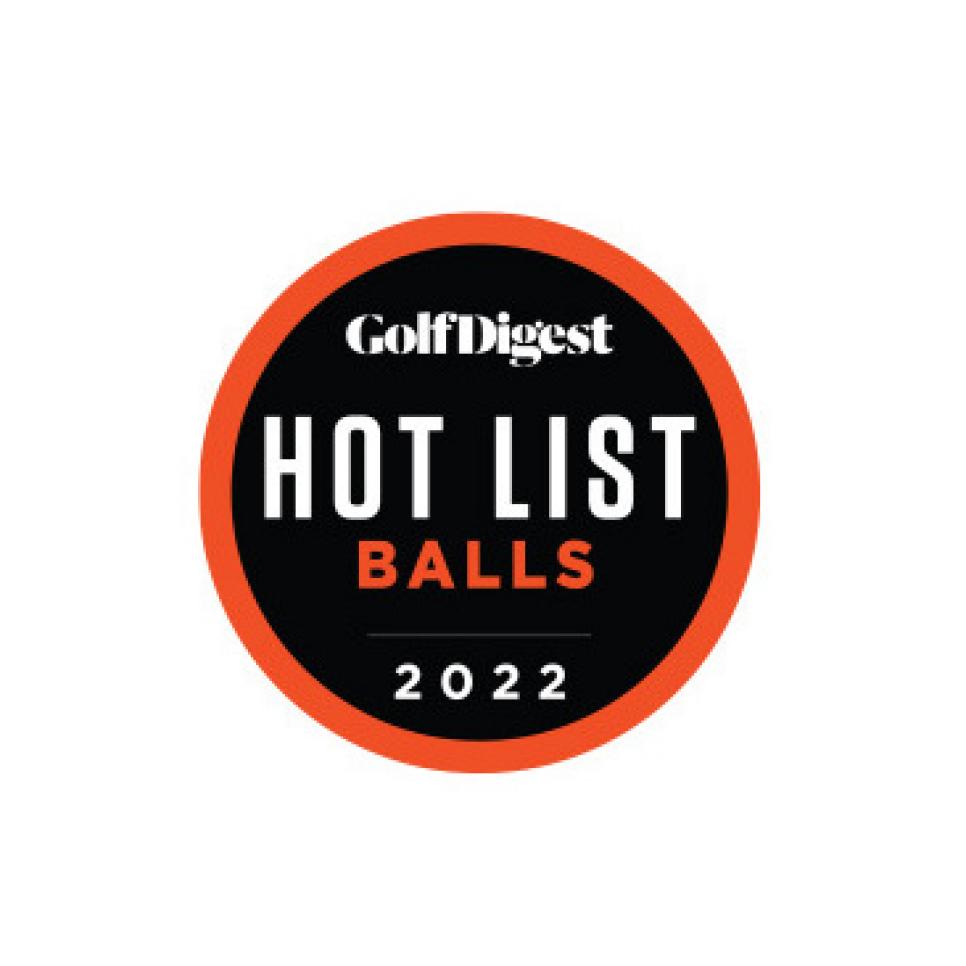
This is why we divide our list into two categories: Urethane Cover and Non-Urethane Cover. In simple terms, balls that have urethane covers (with a few notable exceptions) are generally the balls played on the professional tours. Non-urethane balls are all the rest, ranging from the softest two-piece balls designed for golfers with slower swing speeds to the pre-packaged 15-ball distance rocks to the latest experimental middle-ground offerings that feature a new, cheaper cover compound that is meant to grab and spin like urethane. (In our assessment, they haven’t quite found it yet.)
Our star ratings reflect three scores that comprise the total evaluation of each entry. Performance accounts for 65 percent of the score and is based on our panel of player evaluations. We judge Innovation (30 percent) based on technical documents submitted by manufacturers and our review with our Hot List technical panel of Ph.D. scientists. Finally, Demand (5 percent) reflects our review of the marketplace, tour use and general buzz. Feel is not a score but a rating based on our players’ input on the relative softness of each ball.
How you assess which dimpled sphere is right for you goes back to the qualities that you’re looking for. We’ve provided a baseline of what to expect with each of our selections on this year’s Hot List. Just like the perfect first date, though, ask enough questions. The right one will have all the answers.
Gold Urethane Golf Balls
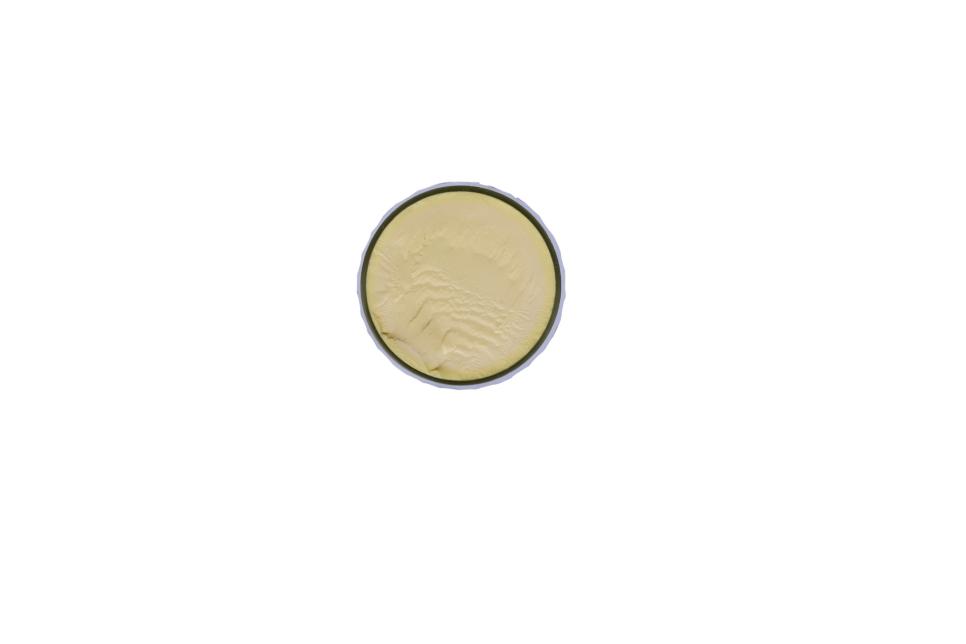
Bridgestone Tour B X
This foursome targets players in two swing-speed classes (more than and less than 105 miles per hour) with a softer option that spins more (XS for fast swing speeds and RXS for average swing speeds) and a firmer, flatter-flying model (X and RX). Not just about making your drives longer, these new models add new compounds that work with the urethane covers to help generate more ball speed off the longer clubs and more control off the shorter clubs. That includes creating a softer interaction on shorter shots so that the ball stays on the face longer for control and spin. Even better, those elements are tweaked specifically for each ball to better align with how those players make contact.
Is it for you?
X: The firm feel appeals to fast swing speeds. Ideal if your priority is distance with high short-game spin a close second.
Performance: 5/5
Innovation: 5/5
Demand: 2.5/5
Feel Rating (Soft to Firm)
<•••••••••••>>••••>
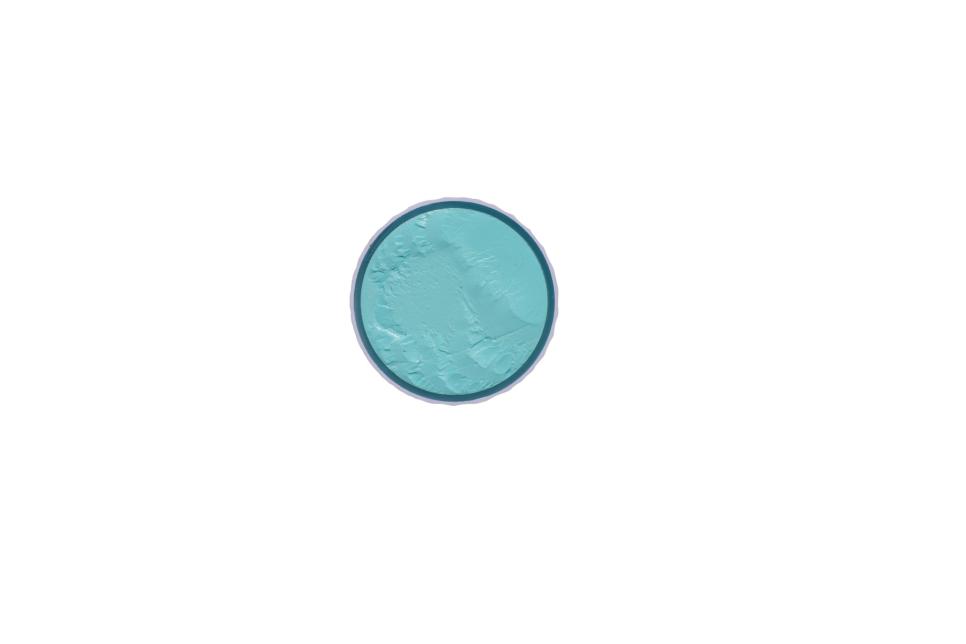
Bridgestone Tour B XS
This foursome targets players in two swing-speed classes (more than and less than 105 miles per hour) with a softer option that spins more (XS for fast swing speeds and RXS for average swing speeds) and a firmer, flatter-flying model (X and RX). Not just about making your drives longer, these new models add new compounds that work with the urethane covers to help generate more ball speed off the longer clubs and more control off the shorter clubs. That includes creating a softer interaction on shorter shots so that the ball stays on the face longer for control and spin. Even better, those elements are tweaked specifically for each ball to better align with how those players make contact.
Is it for you?
XS: The cover gives more at impact so that you can swing more aggressively on short shots. This is ideal for golfers who have exacting short games. It’s also worth considering this ball even if you don’t have tour-level swing speed.
Performance: 5/5
Innovation: 5/5
Demand: 2.5/5
Feel Rating (Soft to Firm)
<••••••<<•••••••••>
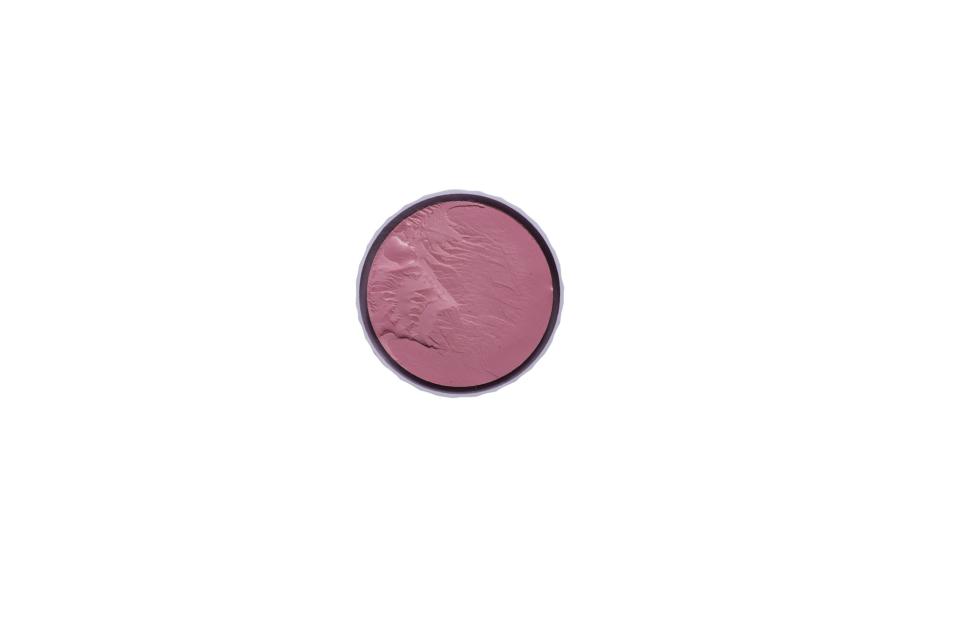
Bridgestone Tour B RX
This foursome targets players in two swing-speed classes (more than and less than 105 miles per hour) with a softer option that spins more (XS for fast swing speeds and RXS for average swing speeds) and a firmer, flatter-flying model (X and RX). Not just about making your drives longer, these new models add new compounds that work with the urethane covers to help generate more ball speed off the longer clubs and more control off the shorter clubs. That includes creating a softer interaction on shorter shots so that the ball stays on the face longer for control and spin. Even better, those elements are tweaked specifically for each ball to better align with how those players make contact.
Is it for you?
RX: The lowest spinning ball on full shots, it accentuates distance and reins in slices and hooks. Softer feeling than the X.
Performance: 5/5
Innovation: 5/5
Demand: 2.5/5
Feel Rating (Soft to Firm)
<•••••<<••••••••••>

Bridgestone Tour B RXS
This foursome targets players in two swing-speed classes (more than and less than 105 miles per hour) with a softer option that spins more (XS for fast swing speeds and RXS for average swing speeds) and a firmer, flatter-flying model (X and RX). Not just about making your drives longer, these new models add new compounds that work with the urethane covers to help generate more ball speed off the longer clubs and more control off the shorter clubs. That includes creating a softer interaction on shorter shots so that the ball stays on the face longer for control and spin. Even better, those elements are tweaked specifically for each ball to better align with how those players make contact.
Is it for you?
RXS: Loads of short-shot spin here, but it’s made for non-tour swings off the tee. This is Bridgestone’s softest feeling urethane-cover ball.
Performance: 5/5
Innovation: 5/5
Demand: 2.5/5
Feel Rating (Soft to Firm)
<•••<<••••••••••••>
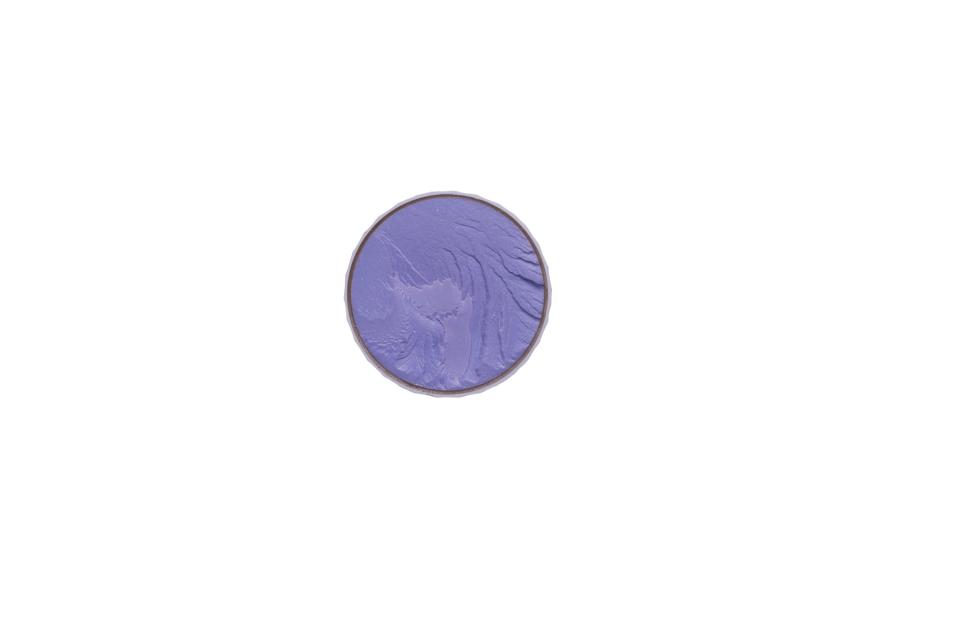
Callaway Chrome Soft
Callaway has invested $50 million in its Chicopee, Mass., manufacturing capabilities, but what likely matters most to consumers is that all three of these balls stay true to the original Chrome Soft’s commitment to soft feel. That focus is, of course, more challenging when you’re trying to create higher resiliency. (A Nerf ball is soft, but it can never bounce like a Superball.) The change in this model’s rubberformula core, however, strengthens the linking of the molecules for better energy at impact off of any club. New aerodynamics on the cover yield a more penetrating flight compared to past models.
Is it for you?
Chrome Soft: This softest version is especially forgiving for average golfers with a broader impact pattern (mis-hits).
Performance: 5/5
Innovation: 5/5
Demand: 3.5/5
Feel Rating (Soft to Firm)
<•••<<••••••••••••>
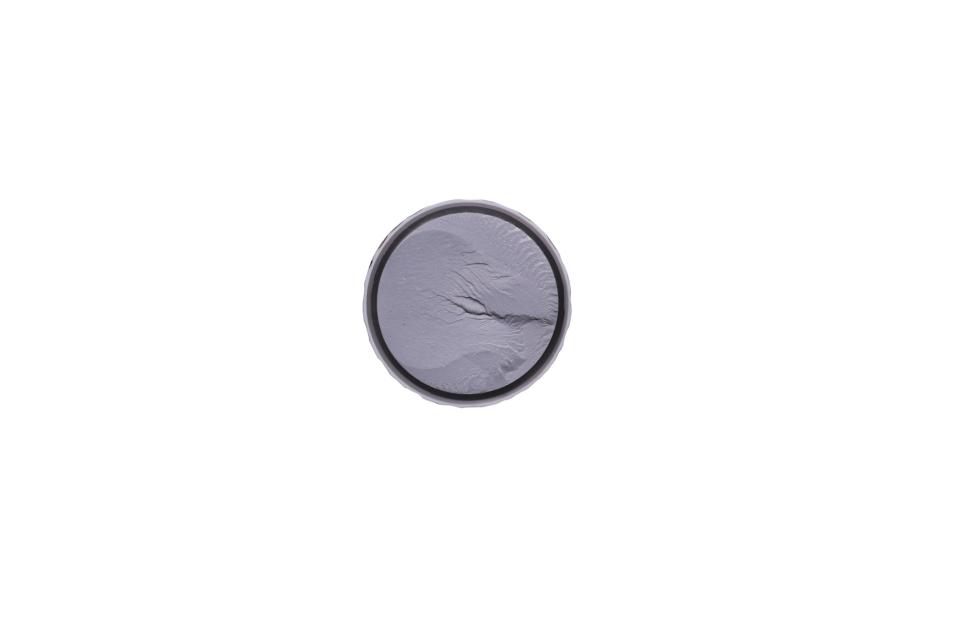
Callaway Chrome Soft X
Callaway has invested $50 million in its Chicopee, Mass., manufacturing capabilities, but what likely matters most to consumers is that all three of these balls stay true to the original Chrome Soft’s commitment to soft feel. That focus is, of course, more challenging when you’re trying to create higher resiliency. (A Nerf ball is soft, but it can never bounce like a Superball.) The change in this model’s rubberformula core, however, strengthens the linking of the molecules for better energy at impact off of any club. New aerodynamics on the cover yield a more penetrating flight compared to past models.
Is it for you?
Chrome Soft X: The two mantle layers decrease spin on tee shots but help produce a little more iron spin.
Performance: 5/5
Innovation: 5/5
Demand: 3.5/5
Feel Rating (Soft to Firm)
<•••••••••••>>••••>
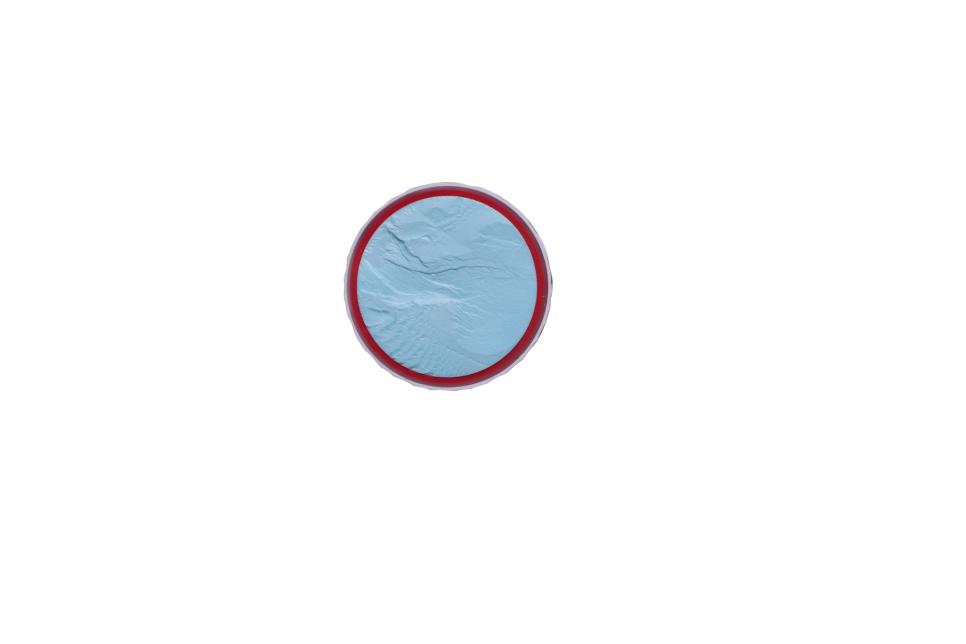
Callaway Chrome Soft X LS
Callaway has invested $50 million in its Chicopee, Mass., manufacturing capabilities, but what likely matters most to consumers is that all three of these balls stay true to the original Chrome Soft’s commitment to soft feel. That focus is, of course, more challenging when you’re trying to create higher resiliency. (A Nerf ball is soft, but it can never bounce like a Superball.) The change in this model’s rubberformula core, however, strengthens the linking of the molecules for better energy at impact off of any club. New aerodynamics on the cover yield a more penetrating flight compared to past models.
Is it for you?
Chrome Soft X LS: Similar in construction to the X, this ball gives the lowest spin on full swings and offers a flatter trajectory.
Performance: 5/5
Innovation: 5/5
Demand: 3.5/5
Feel Rating (Soft to Firm)
<•••••••••••••>>••>
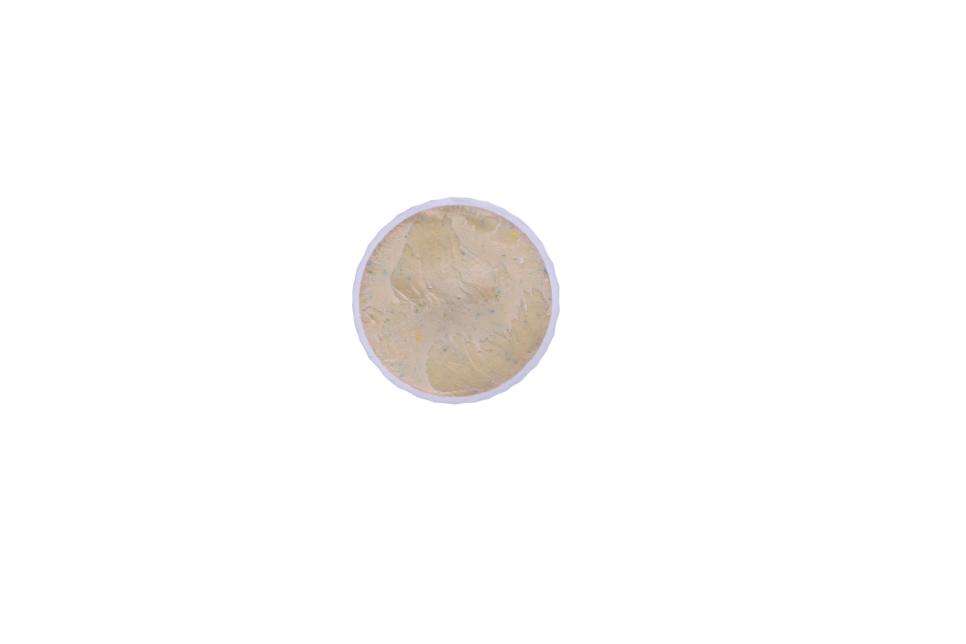
Srixon Z-Star
Srixon’s tour-level balls optimize distance with a very thin cover. This allows for a larger core that reacts with less spin compared to some higher-compression cores, increasing the potential for energy and distance. However, because these balls have to be good for all types of shots, the new models have a slightly thicker cover to improve feel and spin. Although that would normally reduce distance because of higher spin, a new, deeper dimple pattern is used to counteract this effect.
Is it for you?
Z-STAR: Targets players who want greenside finesse. More playable for a broader range of swing speeds than XV or ♦.
Performance: 5/5
Innovation: 5/5
Demand: 2/5
Feel Rating (Soft to Firm)
<••••••<<••••••••••••>
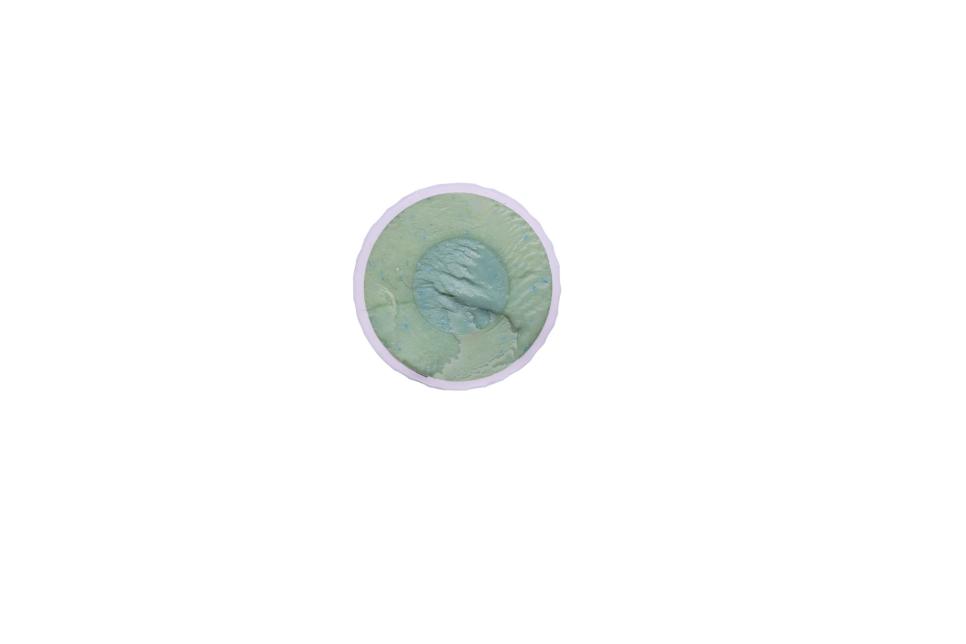
Srixon Z-Star XV
Srixon’s tour-level balls optimize distance with a very thin cover. This allows for a larger core that reacts with less spin compared to some higher-compression cores, increasing the potential for energy and distance. However, because these balls have to be good for all types of shots, the new models have a slightly thicker cover to improve feel and spin. Although that would normally reduce distance because of higher spin, a new, deeper dimple pattern is used to counteract this effect.
Is it for you?
Srixon Z-Star XV: The inner core on this dual-core model produces the extra ball speed that makes this the longest of the three balls. It also spins less off the driver and launches a little higher.
Performance: 5/5
Innovation: 5/5
Demand: 2/5
Feel Rating (Soft to Firm)
<••••••••••>>•••••>
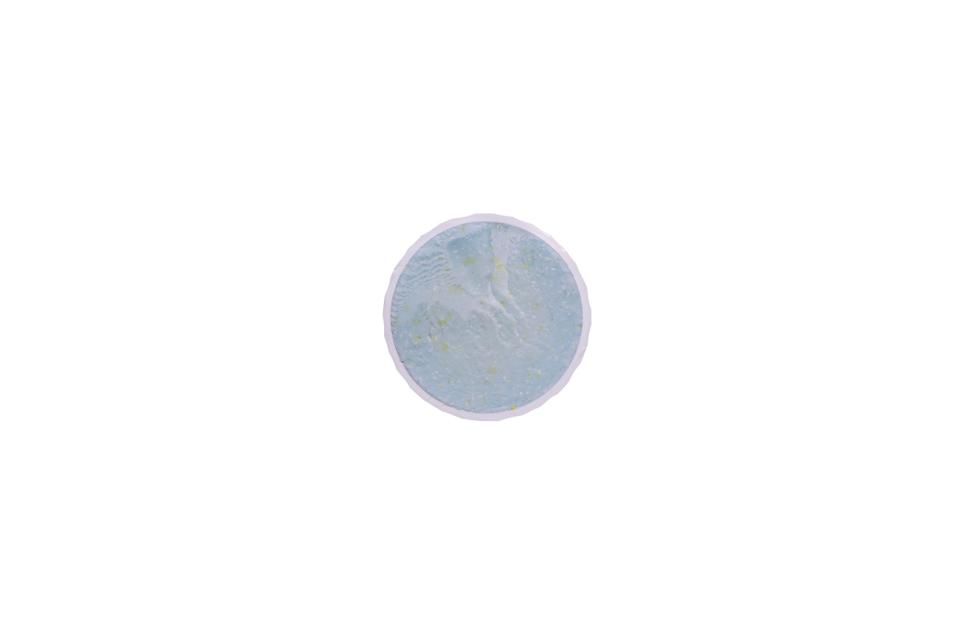
Srixon Z-Star Diamond
Srixon’s tour-level balls optimize distance with a very thin cover. This allows for a larger core that reacts with less spin compared to some higher-compression cores, increasing the potential for energy and distance. However, because these balls have to be good for all types of shots, the new models have a slightly thicker cover to improve feel and spin. Although that would normally reduce distance because of higher spin, a new, deeper dimple pattern is used to counteract this effect.
Is it for you?
Z-STAR ♦: It features the XV’s extra resilient core to appeal to faster swing speeds, but a thicker, softer cover gives extra spin on iron shots as well as chips and pitches.
Performance: 5/5
Innovation: 5/5
Demand: 2/5
Feel Rating (Soft to Firm)
<•••••••••••>>••••>

Srixon Q-Star Tour
Tour balls are great, but you don’t have a tour player’s swing. Srixon believes this soft-feeling model is better for you. It’s the company’s softest-compression model with a urethane cover, enhanced by a softer mantle layer, too. These balls use the same idea found in the core of the Z-Star tour-level balls, a core that gets incrementally stiffer toward the outer edge to produce energy and less spin on the longer clubs. The cover also borrows from the tour ball’s special coating that enhances friction on the shortest shots for maximum spin.
Performance: 4.5/5
Innovation: 4.5/5
Demand: 1.5/5
Feel Rating (Soft to Firm)
<•••<<••••••••••••>

TaylorMade Tour Response
When it comes to finding speed, the core gets all the headlines, but lower-compression cores designed for normal golfers don’t always exude speed. That’s why this ball finds extra zip in a usually overlooked element—the highly resilient mantle that was taken from the company’s tour-proven TP5 balls. Distance also comes from the same aerodynamic dimple shape found in the tour balls. The flatterbottom dimple creates more lift to extend carry at the apex, when the average Joe’s ball moves as slowly as Joe Pro’s. Also, the aim-enhancing “Stripe” version clearly changes how you see things.
Performance: 4.5/5
Innovation: 4.5/5
Demand: 2/5
Feel Rating (Soft to Firm)
<•••<<••••••••••••>

TaylorMade TP5
Everybody wants a golf ball that goes faster and farther, but TaylorMade’s latest improvements to its five-layer TP5 and TP5x focus a lot of attention on improving these balls as they lose speed. Specifically, the dimples were redesigned with a flatter, less curved bottom. The idea is to have an aerodynamic pattern that features reduced drag at the start of flight but converts to one that increases lift at the apex of flight when the ball is slowing down. That extends the back end of the flight by squeezing a little more carry when the ball is transitioning into its descent. The ball’s five layers include an especially resilient fourth layer just underneath the cast urethane cover that helps improve initial velocity.
Performance: 5/5
Innovation: 5/5
Demand: 3.5/5
Feel Rating (Soft to Firm)
<•••••<<••••••••••>
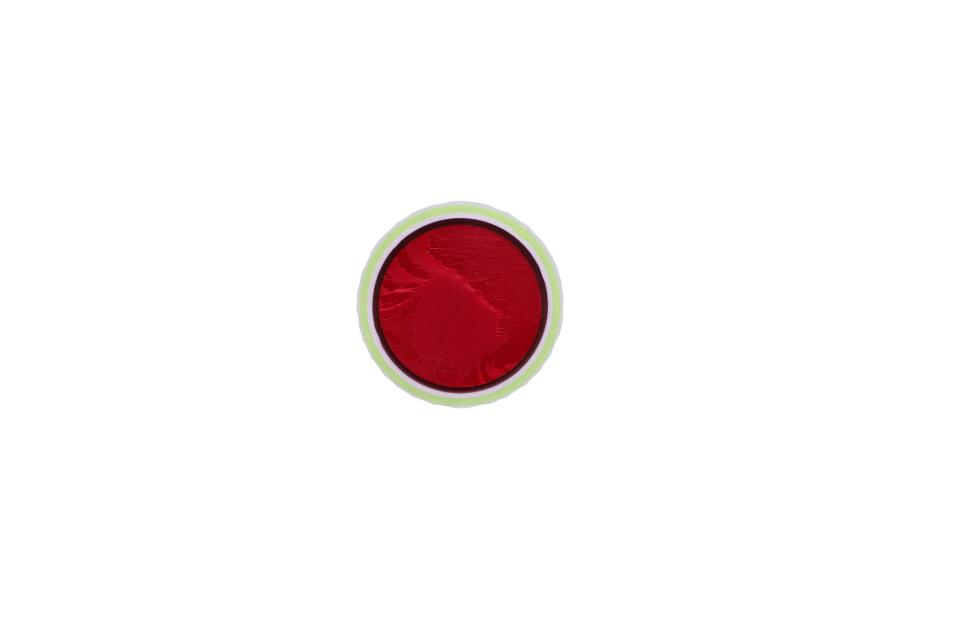
TaylorMade TP5X
Everybody wants a golf ball that goes faster and farther, but TaylorMade’s latest improvements to its five-layer TP5 and TP5x focus a lot of attention on improving these balls as they lose speed. Specifically, the dimples were redesigned with a flatter, less curved bottom. The idea is to have an aerodynamic pattern that features reduced drag at the start of flight but converts to one that increases lift at the apex of flight when the ball is slowing down. That extends the back end of the flight by squeezing a little more carry when the ball is transitioning into its descent. The ball’s five layers include an especially resilient fourth layer just underneath the cast urethane cover that helps improve initial velocity.
Is it for you?
TP5X: Lower spinning on longer shots, it’s ideal if you like higher launch. Firmer, its greenside spin is higher and feel is softer than the 2019 version.
Performance: 5/5
Innovation: 5/5
Demand: 3.5/5
Feel Rating (Soft to Firm)
<•••••••••>>••••••>
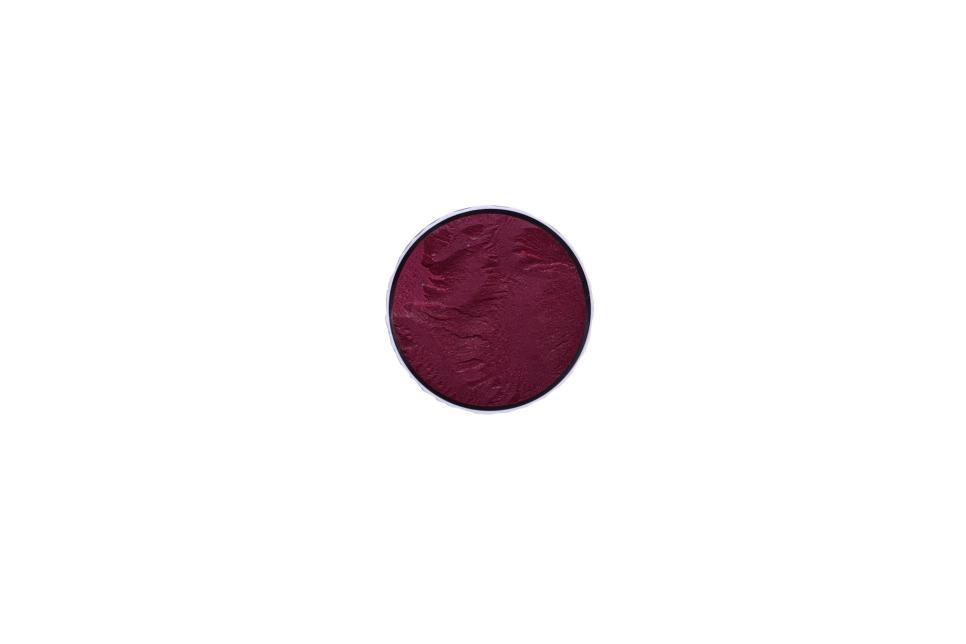
Titleist AVX
The new AVX, like its predecessor, is a lowercompression, softerfeeling ball that flies off the driver a little lower than the Pro V1 and Pro V1x. That’s why it might boost distance for some average golfers who generate too much spin on their long clubs. What fans wanted was more spin on the shortest shots, so this year’s version features a softer urethane cover to help give those chips and pitches a little more grab and those putts a little more cushion. The extra oomph off the tee comes from a core that gets firmer toward the outer edges and new aerodynamics to optimize that lower flight.
Performance: 4.5/5
Innovation: 4.5/5
Demand: 3/5
Feel Rating (Soft to Firm)
<••<<•••••••••••••>

Titleist Pro V1
Titleist’s flagship balls—the most played on tour and the most sold in stores— got a tiny change designed to make a big difference down range. The new dimple patterns on the Pro V1 and Pro V1x are the first update in more than a decade, but they work better because of other performance enhancements throughout both balls. That includes new manufacturing processes for the core and a more resilient mantle layer. As a bonus, the covers are the softest ever for a Pro V1 or Pro V1x to provide more short-game control.
Is it for you?
PRO V1: It feels the softest of the three and flies the lowest off the driver. Very similar short-wedge spin to Pro V1x.
Performance: 5/5
Innovation: 5/5
Demand: 5/5
Feel Rating (Soft to Firm)
<••••••<<•••••••••>
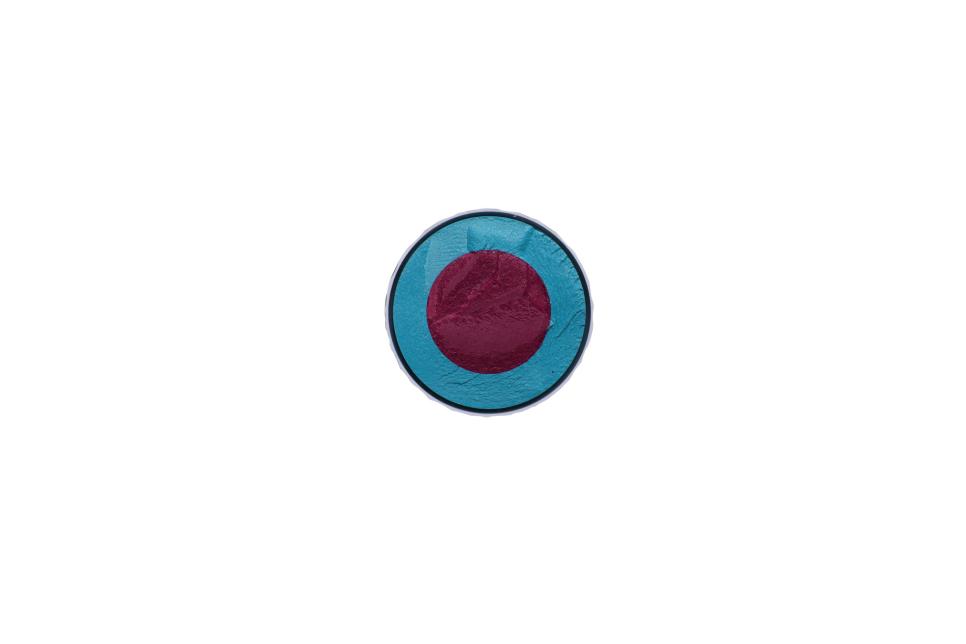
Titleist Pro V1X
Titleist’s flagship balls—the most played on tour and the most sold in stores— got a tiny change designed to make a big difference down range. The new dimple patterns on the Pro V1 and Pro V1x are the first update in more than a decade, but they work better because of other performance enhancements throughout both balls. That includes new manufacturing processes for the core and a more resilient mantle layer. As a bonus, the covers are the softest ever for a Pro V1 or Pro V1x to provide more short-game control.
Is it for you?
PRO V1X: The highest flying off the driver and the highest spinning off the irons, so it’s a good choice if you’re looking for more height. Will feel firmer than the Pro V1.
Performance: 5/5
Innovation: 5/5
Demand: 5/5
Feel Rating (Soft to Firm)
<•••••••••>>••••••>
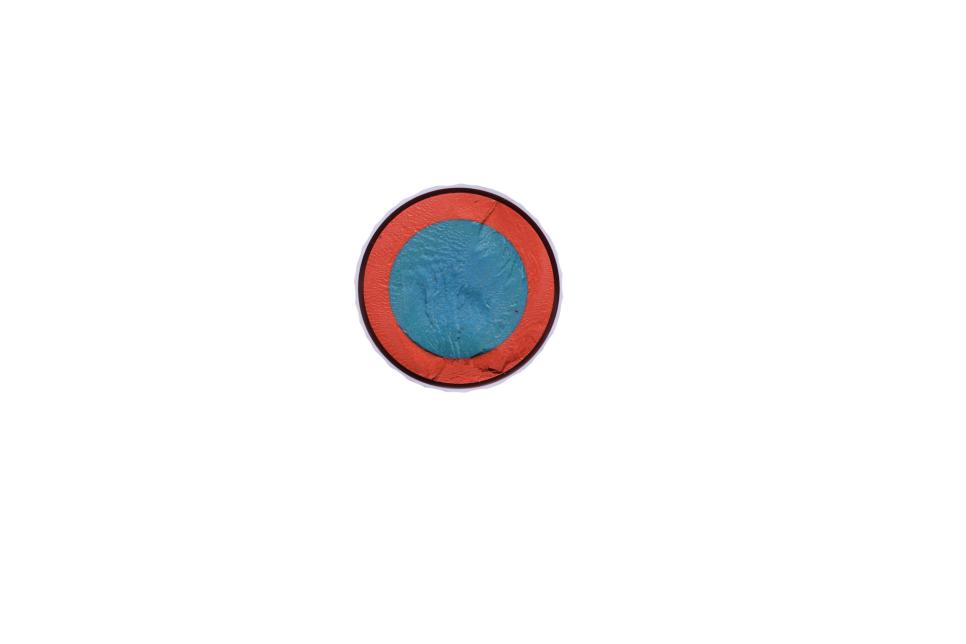
Titleist —Pro V1X
Titleist’s flagship balls—the most played on tour and the most sold in stores— got a tiny change designed to make a big difference down range. The new dimple patterns on the Pro V1 and Pro V1x are the first update in more than a decade, but they work better because of other performance enhancements throughout both balls. That includes new manufacturing processes for the core and a more resilient mantle layer. As a bonus, the covers are the softest ever for a Pro V1 or Pro V1x to provide more short-game control.
Is it for you?
—PRO V1X: The firmest feeling of the three, it spins a little less than the others off the irons and around the green. It generally caters to those seeking high launch/low spin.
Performance: 5/5
Innovation: 5/5
Demand: 5/5
Feel Rating (Soft to Firm)
<•••••••••••>>••••>
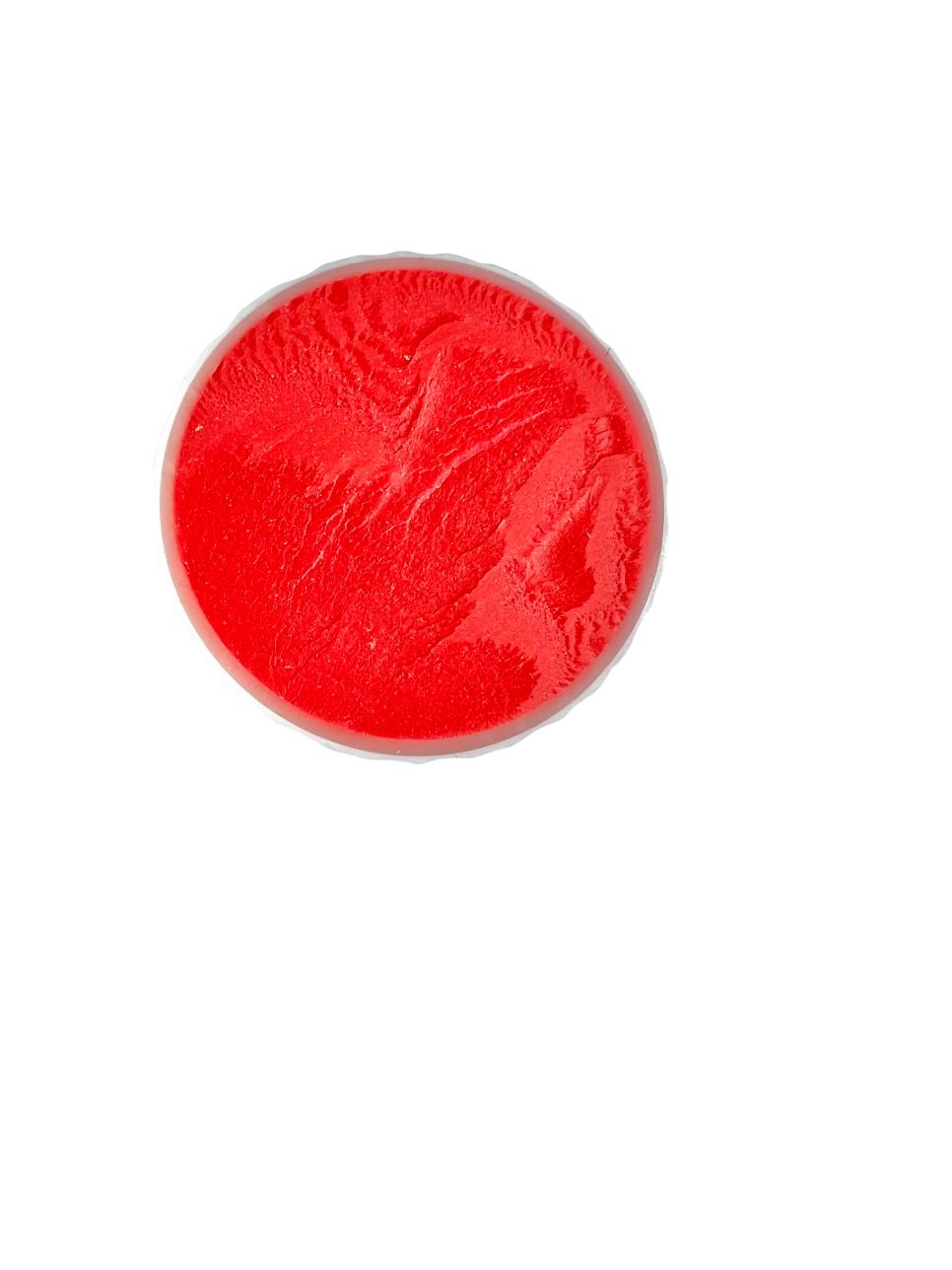
Wilson Triad
How do you break 80? You get better in all three phases of the game: tee shots, approach shots and putts. How does a ball help? For Wilson, it starts with producing low spin off the driver for straighter shots and high spin on short irons for more accurate approach shots. In terms of the ball, that means a more dense, firm mantle pushing weight away from a reduced density core for a more stable and consistently spinning ball. The mantle also works with a thin urethane cover to generate short-iron spin. Finally, core, mantle and cover are all designed with uniform density so that every ball is perfectly centered for a more reliable roll.
Performance: 4.5/5
Innovation: 4.5/5
Demand: 1.5/5
Feel Rating (Soft to Firm)
<••••••<<•••••••••>
Want to be 12 feet closer to the hole?
Our robot testing by clubfitter Cool Clubs reveals that urethane-cover balls spin more than non-urethane-cover balls on shots around the green, sometimes twice as much. Using Foresight Sports FSX software, the difference between the lower-spinning balls and the urethane-cover balls essentially is the difference between a 10-foot putt and a 22-foot putt on a flat green (more than double that on a sloping green). The balls in the middle of our group still meant a six-foot longer putt. What’s five or 10 feet difference mean? On the PGA Tour, they make 10-footers about 41 percent of the time, 15-to 20-footers 18 percent of the time and 20-to 25-footers 12 percent of the time. If your chance of getting up and down more than tripled just by changing to a multilayer, urethane-cover ball, would you do it? If you wouldn’t, maybe you’re playing a different game than we are. —M.S.
Silver Urethane Golf Balls
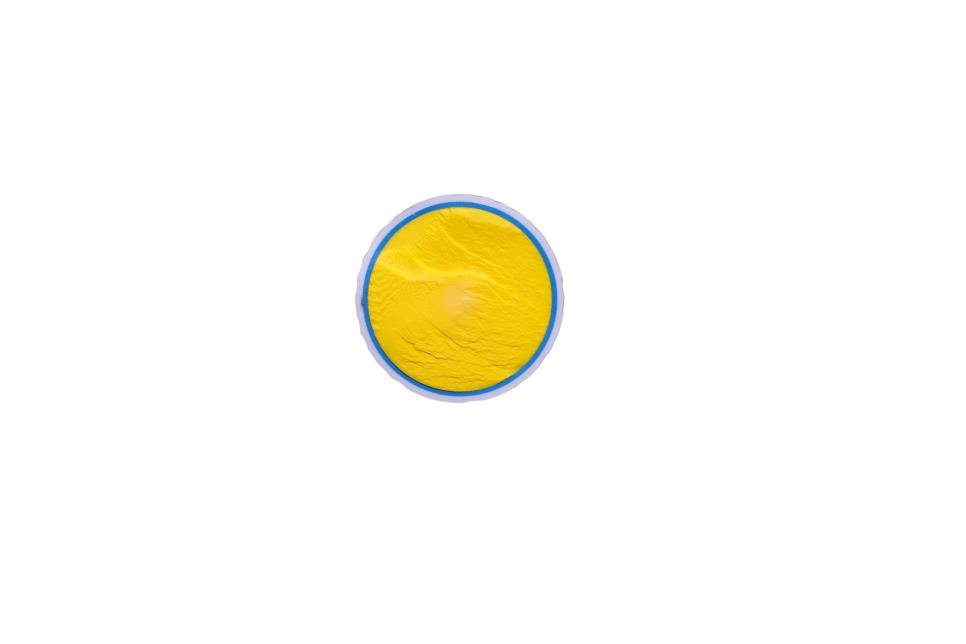
Kirkland Signature Performance+
The latest house ball of the big-box membership retailer, the Performance+ hopes to overcome some of the manufacturing and distribution hurdles of past entries, all of which made compelling cases for a low-cost multilayer, urethane-cover ball. One good sign: The Performance+ is “restricted” to a healthy maximum purchase of 24 dozen per member. This three-piece design targets middle-handicap players with a softer feel than past Kirkland balls. It has a softer core, and the mantle layer works to control spin on the longer clubs. The soft urethane cover interacts with the mantle to create additional spin on the shorter shots.
Performance: 4/5
Innovation: 4/5
Demand: 1/5
Feel Rating (Soft to Firm)
<•••••••••>>••••••>
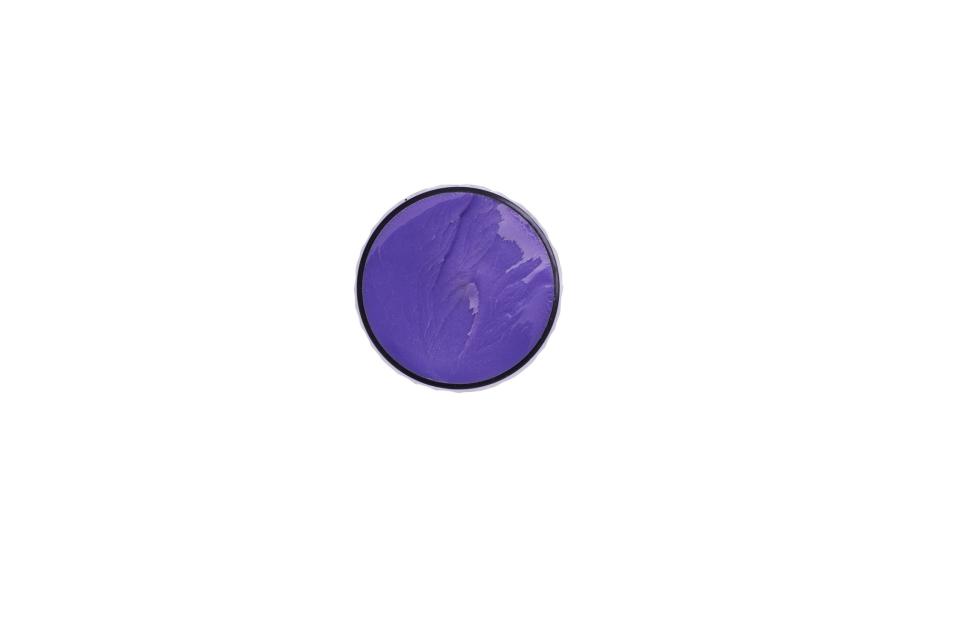
OnCore Vero X2
The follow-up to last year’s Vero X1 uses a higher compression for a firmer feel to appeal to players with fast swing speeds. Its construction builds on the idea of putting heavier elements away from the center to create a high moment of inertia. This includes infusing the mantle layer with a dense metal additive that yields consistently low spin on tee shots and consistently high spin on wedge shots. The core is the source for power, but it’s the thin cover that lets the core do its work.
Performance: 4/5
Innovation: 4/5
Demand: 1/5
Feel Rating (Soft to Firm)
<••••••••••••>>•••>
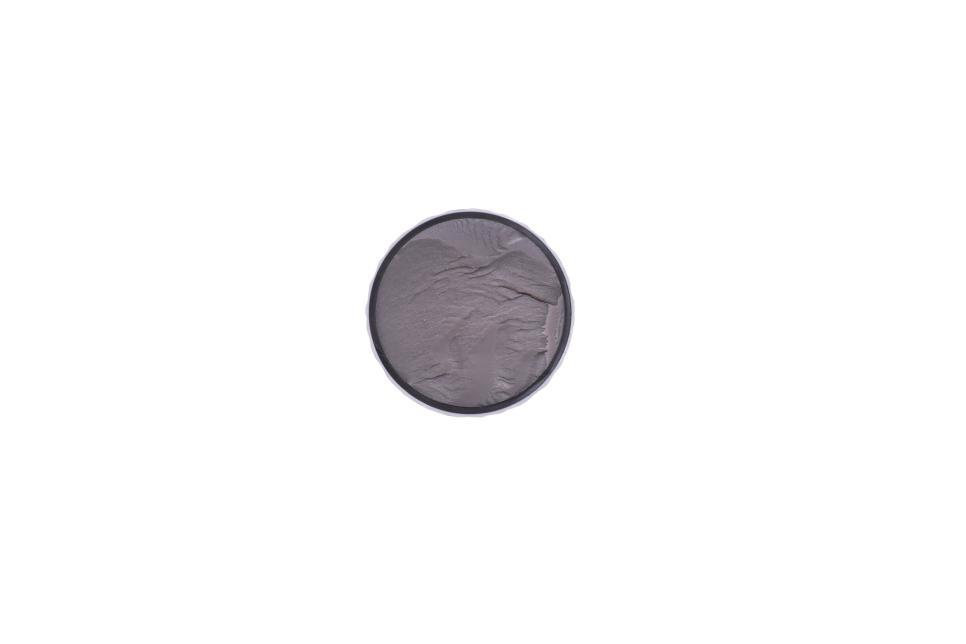
Maxfli Tour
It seems plenty of golfball manufacturers have been talking about the difficulties of keeping the core, mantles, covers and even paint jobs perfectly balanced so that the ball flies and rolls as it was intended. Maxfli has been pursuing that idea for the last few years with its urethane-cover Tour balls. At the final stage of manufacturing, each ball is spun to find the actual center of gravity, and that’s where the alignment line is affixed. Lining up the center of gravity on tee shots and putts optimizes distance, consistency and accuracy. These latest versions feature more spring in the cores, new mantle-layer formulations to reduce spin and softer covers to create more greenside grab.
Is it for you?
TOUR: The three-piece design emphasizes a softer feel. The flight will be a click lower than the X, but slower swing speeds might see a touch more distance than with the firmer X.
Performance: 4/5
Innovation: 4.5/5
Demand: 1/5
Feel Rating (Soft to Firm)
<••••••<<•••••••••>
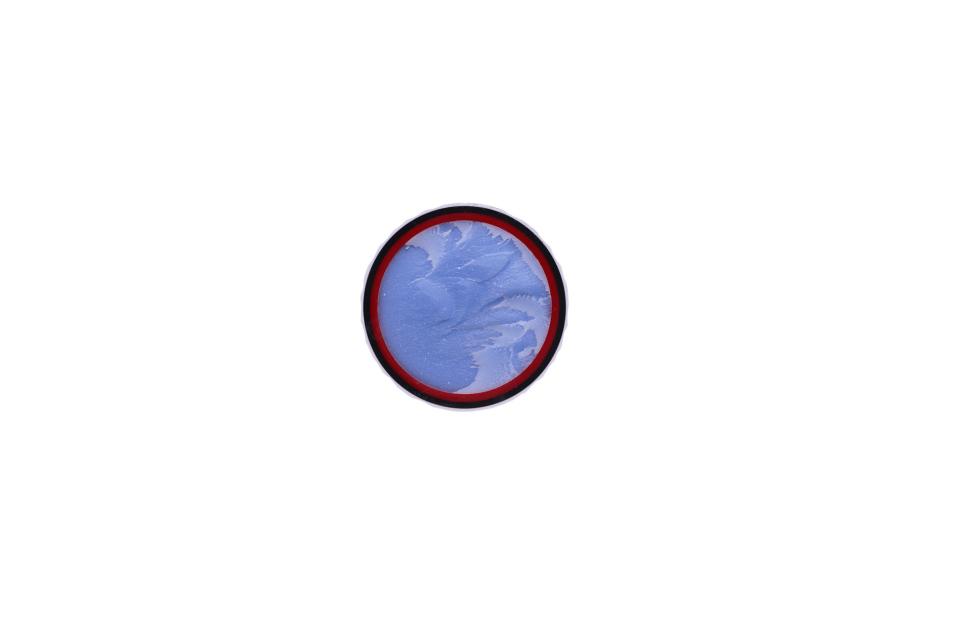
Maxfli Tour X
It seems plenty of golfball manufacturers have been talking about the difficulties of keeping the core, mantles, covers and even paint jobs perfectly balanced so that the ball flies and rolls as it was intended. Maxfli has been pursuing that idea for the last few years with its urethane-cover Tour balls. At the final stage of manufacturing, each ball is spun to find the actual center of gravity, and that’s where the alignment line is affixed. Lining up the center of gravity on tee shots and putts optimizes distance, consistency and accuracy. These latest versions feature more spring in the cores, new mantle-layer formulations to reduce spin and softer covers to create more greenside grab.
Is it for you?
TOUR X: The two layers dial in the right speed and spin for better distance for faster swings. The flight will be mid-high and with more spin on iron shots.
Performance: 4/5
Innovation: 4.5/5
Demand: 1/5
Feel Rating (Soft to Firm)
<•••••••••>>••••••>
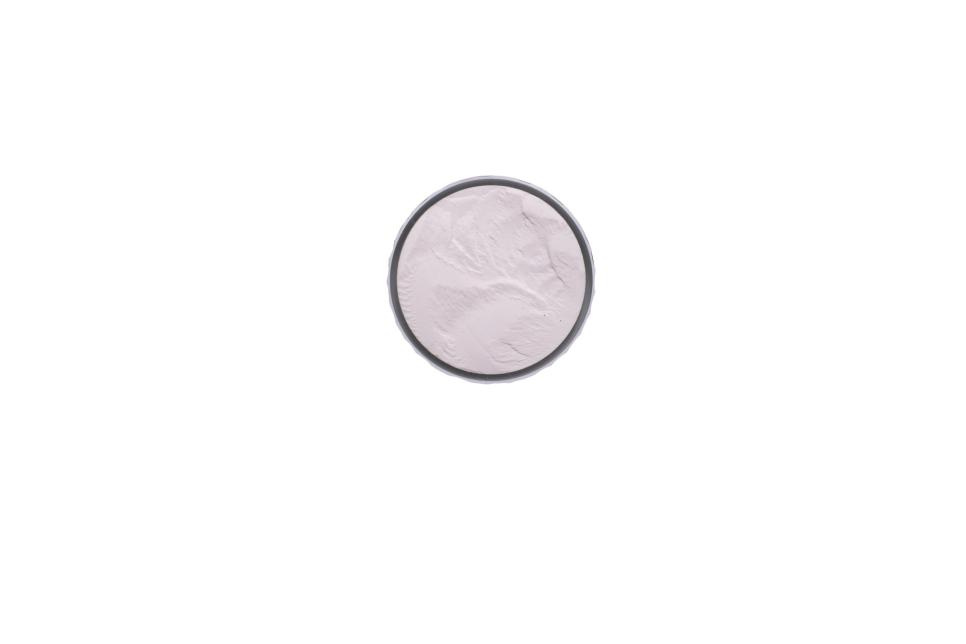
Vice Pro
Vice might easily stand as the most entertaining of golf-ball brands. With cover colors, textures and lifestyle accessories that span the rainbow, including a one-of-a-kind “Drip” paint pattern, it might be easy to overlook the serious work behind this most-complete family. Each model is designed to optimize distance, spin and feel for three swing-speed groups through distinct constructions, including dual mantles on the Pro Plus. All are highlighted by a durable cast urethane cover to maximize shortshot spin.
Is it for you?
PRO: The most versatile in the lineup, it’s the highest spinning ball off short shots of the three. The ball is designed for swing speeds of 95 to 110 miles per hour.
Performance: 4/5
Innovation: 4.5/5
Demand: 1.5/5
Feel Rating (Soft to Firm)
<••••••<<•••••••••>
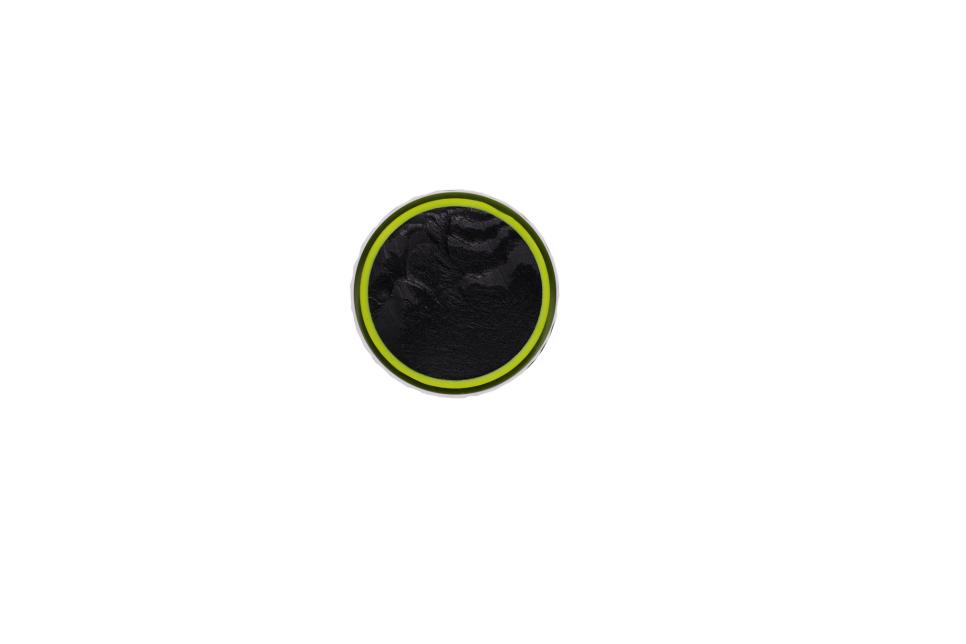
Vice Pro Plus
Vice might easily stand as the most entertaining of golf-ball brands. With cover colors, textures and lifestyle accessories that span the rainbow, including a one-of-a-kind “Drip” paint pattern, it might be easy to overlook the serious work behind this most-complete family. Each model is designed to optimize distance, spin and feel for three swing-speed groups through distinct constructions, including dual mantles on the Pro Plus. All are highlighted by a durable cast urethane cover to maximize shortshot spin.
Is it for you?
PRO PLUS: The packaging recommends that it’s geared to players with swing speeds near the PGA Tour standard. Still, average swingers looking for all-out distance, a firmer feel and wedge spin might like it.
Performance: 4/5
Innovation: 4.5/5
Demand: 1.5/5
Feel Rating (Soft to Firm)
<••••••••••>>•••••>
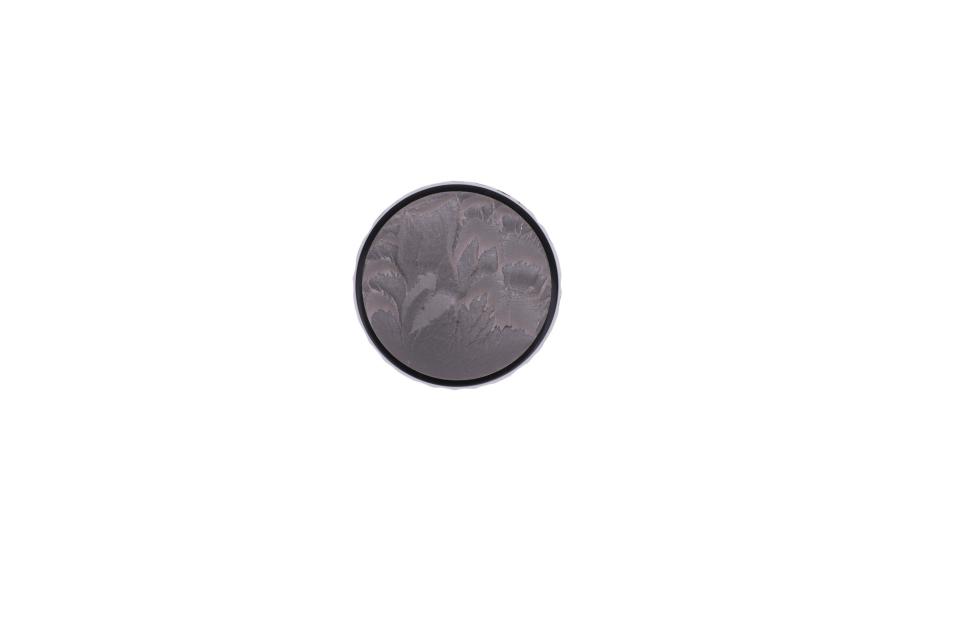
Vice Pro Soft
Vice might easily stand as the most entertaining of golf-ball brands. With cover colors, textures and lifestyle accessories that span the rainbow, including a one-of-a-kind “Drip” paint pattern, it might be easy to overlook the serious work behind this most-complete family. Each model is designed to optimize distance, spin and feel for three swing-speed groups through distinct constructions, including dual mantles on the Pro Plus. All are highlighted by a durable cast urethane cover to maximize shortshot spin.
Is it for you?
PRO SOFT: It’s 30 compression points softer than the Pro Plus and made for those who rarely drive it more than 200 yards.
Performance: 4/5
Innovation: 4.5/5
Demand: 1.5/5
Feel Rating (Soft to Firm)
<••<<•••••••••••••>
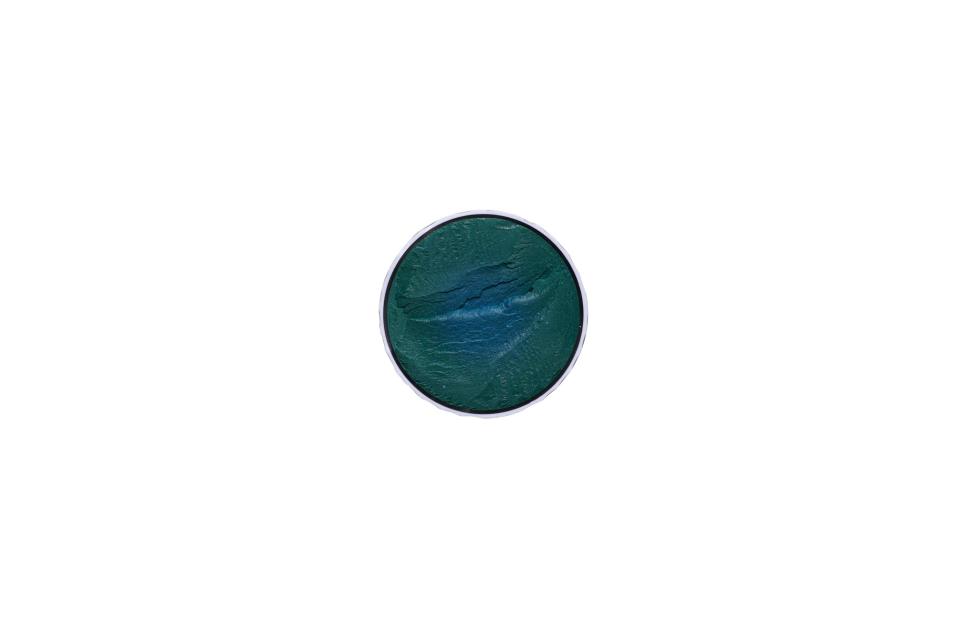
Titleist Tour Speed
Although this multilayer Titleist ball moves away from the company’s typical cast urethane cover to the somewhat more affordable thermoplastic urethane cover, it still gives players who have preferred the distance of typical non-urethane cover balls a significant jolt of the greenside spin they’ve been missing. In addition to that extra grab on pitches, this ball maintains the distance quotient these players demand through a newly energized ionomer mantle layer. It works with the core for added ball speed and reduced spin for better tee shots.
Performance: 4/5
Innovation: 4.5/5
Demand: 2/5
Feel Rating (Soft to Firm)
<•••••••••>>••••••>
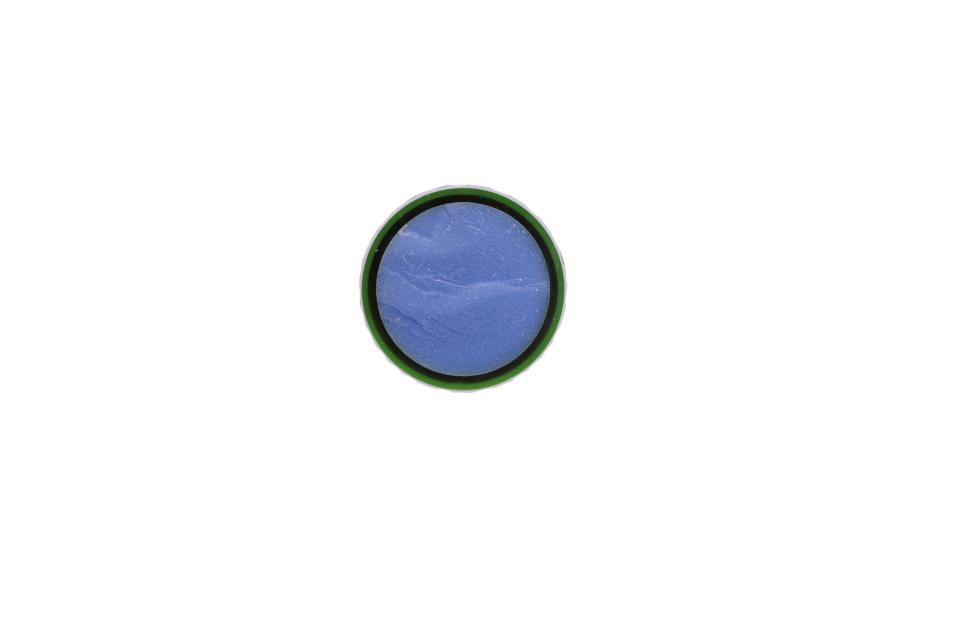
Wilson Staff Model
This four-layer ball is plenty complex, but its most valuable characteristic might be what’s missing. What’s there: a core that’s firm enough to build speed but soft enough to curb spin on tee shots, two mantles that lower spin (the softer inner) and enhance velocity (the firmer outer) and a thin urethane cover that helps with distance but is still soft enough for high short-shot spin. What’s not there? The “R” version’s uncoated cover helps foster the tighter dispersion elite players demand.
Performance: 4/5
Innovation: 4.5/5
Demand: 1/5
Feel Rating (Soft to Firm)
<•••••••••>>••••••>
Gold Non-Urethane Golf Balls
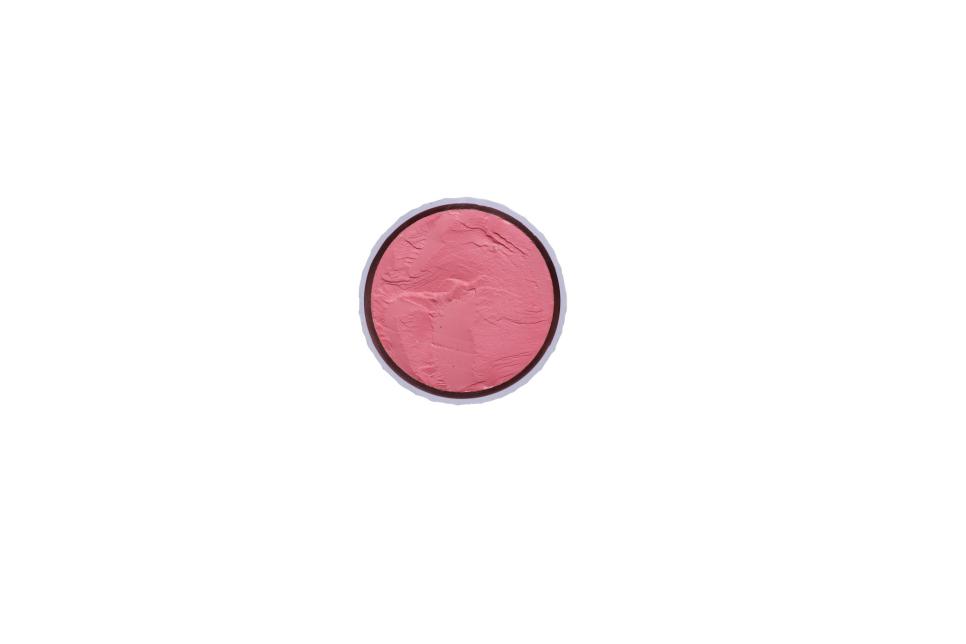
Bridgestone e12 Contact
Having a team of more than 900 rubber and polymer engineers means there is plenty of brain power for developing some cool ideas. In the case of this three-piece ball, an intriguing dimple design is the focal point. It features a raised area in
the center that Bridgestone says results in 38 percent more contact with the clubface at impact than traditional dimples. That brings a more efficient transfer of energy and an ability to activatethe core better for faster ball speeds and reduced sidespin off the longer clubs. On the shorter shots, it provides additional friction for more spin (almost 600 revolutions per minute), making it a ball for those seeking more short-iron stopping power.
Performance: 5/5
Innovation: 5/5
Demand: 2/5
Feel Rating (Soft to Firm)
<••<<•••••••••••••>

Callaway ERC Soft
When designing a golf ball, the dilemma designers often face is simple: How to get as much speed as possible off the driver and allow for performance around the green. The ERC Soft’s cover uses a collection of ionomers with an impact modifier additive that promotes full-swing shots with high-launch and low spin and avoids a firm feel. Like the original ERC Soft, this version features the Triple Track alignment markings in which a red line is framed by two blue lines to enhance the perception of target alignment. Rather than relying on spin for short shots, this ball’s durable ionomer cover reacts best for players who want their shots around the green to stop via height and little rollout rather than spin.
Performance: 5/5
Innovation: 5/5
Demand: 3/5
Feel Rating (Soft to Firm)
<•••••<<••••••••••>

Callaway Supersoft
Designing balls in this category means focusing on attributes that help golfers play the game they are capable of rather than the one they aspire to. In many instances, that means giving them more distance, higher launch and a soft feel. Often a soft ball is going to be easier for players with slower or average swing speeds to launch high, and the lower compression is more forgiving because of its lower spin. A high launch, lower-spinning ball tends to enhance distance for a majority of players by reducing the amount of yards shots go offline. A new cover formula similar to the ERC Soft is designed to improve short-game control and contribute to the high-launch, low-spin distance formula.
Performance: 5/5
Innovation: 4/5
Demand: 5/5
Feel Rating (Soft to Firm)
<•<<••••••••••••••>
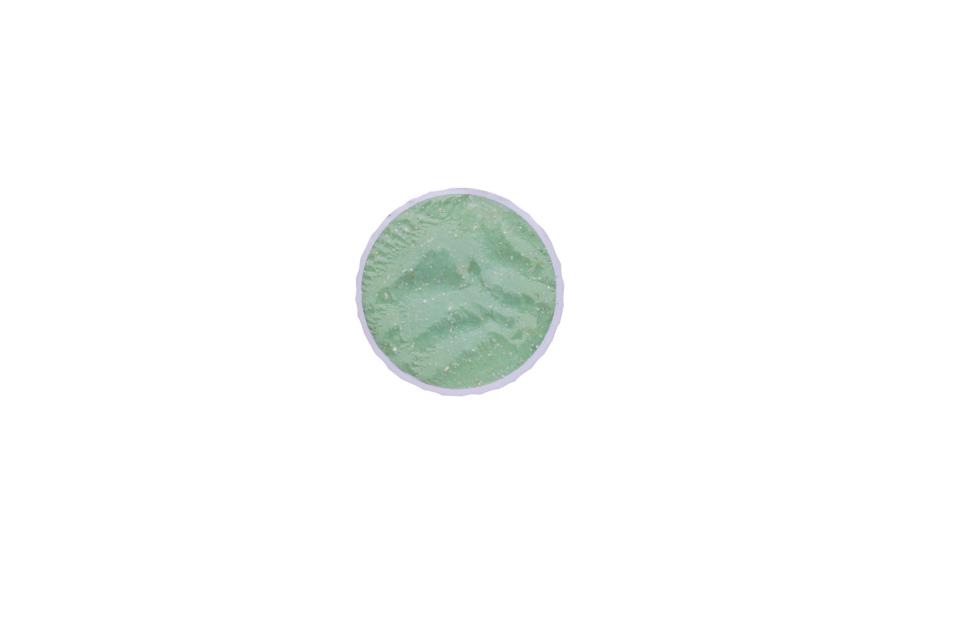
Srixon Q-Star
Now in its sixth generation, this two-piece ionomer-cover ball has a lower overall compression compared to previous versions. That provides better distance off the tee and enhanced feel when approaching the green, particularly for moderate to slow swing speeds. How does it do that? The lower compression reduces spin off the driver, and the revamped core increases launch angle. The dimple pattern is designed for a more penetrating flight off the longer clubs, too. A coating on the cover creates a more elastic surface allowing the grooves to better grab the ball for enhanced friction. Golfers with some short-game skill looking for a ball costing about half of premium balls might take a look.
Performance: 5/5
Innovation: 4/5
Demand: 2/5
Feel Rating (Soft to Firm)
<••••••••>>•••••••>
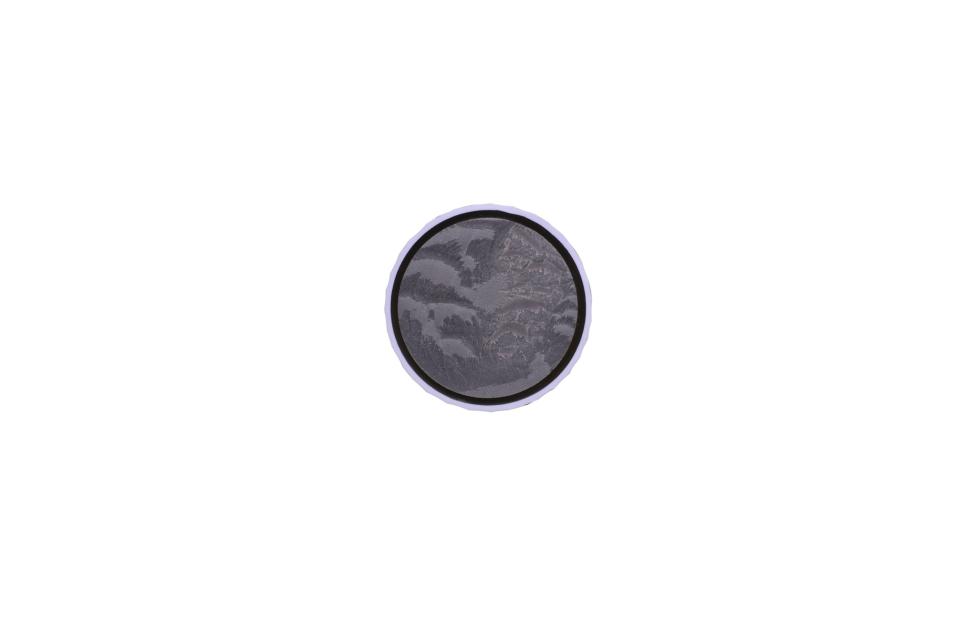
TaylorMade Soft Response
A low-compression, three-piece ball with an ionomer cover, the Soft Response enhances distance and produces a softer feel in a manner two-piece balls simply can’t. Instead of addressing distance through a firmer cover (something done with some two-piece offerings), this ball uses a firmer mantle layer underneath the cover to increase speed for additional yards. In other words, this is a ball that can help generate plenty of speed for golfers who can’t always produce it on their own. That distance is belied by the soft feel at impact with just enough spin into and around the green created by the softer cover. In fact, this is the softest ball in the company’s lineup with a compression rating of 50, 10 points lower than its previous version.
Performance: 5/5
Innovation: 5/5
Demand: 2/5
Feel Rating (Soft to Firm)
<•••<<••••••••••••>

Titleist Tour Soft
The original Tour Soft was designed as a distance play in the category of softer-feeling golf balls. The follow up to that product took things a step further. As always, golfers were looking for more distance but with a touch of short-game spin. To achieve both of those desires, Titleist engineers designed a larger core to provide the distance and surrounded it with a slightly firmer cover that works with the core to produce better short-game spin. What will likely go unnoticed by golfers but is what powers the ball’s distance is a new 342-dimple pattern that results in a more penetrating ball flight and a lower trajectory than some other balls in the category. That helps produce more rollout on tee shots for extra yards.
Performance: 5/5
Innovation: 4.5/5
Demand: 3/5
Feel Rating (Soft to Firm)
<•••<<••••••••••••>
Silver Non-Urethane Golf Balls
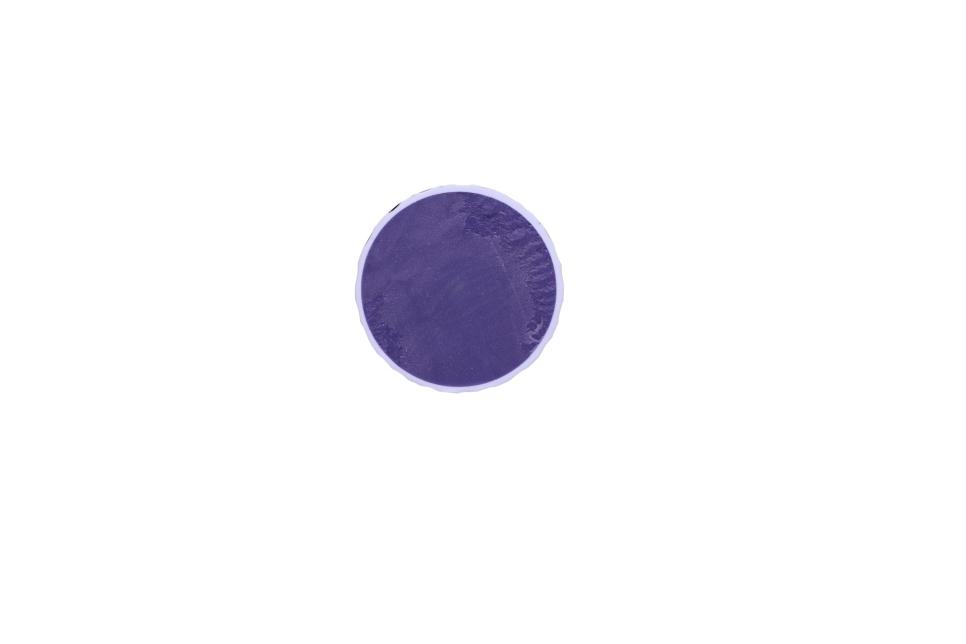
Maxfli SoftFli
From a golf-ball design standpoint, the optimal characteristic for many players is achieving a higher launch with lower spin. That’s what the new version of the SoftFli seeks to accomplish. A new core formula provides additional ball speed over the original and checks in at the ultra-low compression of 35. That means less spin off the longer clubs (about 100 revolutions per minute) and sufficient soft feel around the green—an important consideration for those who don’t hit the green on
a regular basis. A new dimple pattern creates a higher launch angle off the driver for greater carry. Once on the green, the aggressive side stamp provides an excellent alignment tool for putting.
Performance: 4/5
Innovation: 4/5
Demand: 1/5
Feel Rating (Soft to Firm)
<••••<<•••••••••••>
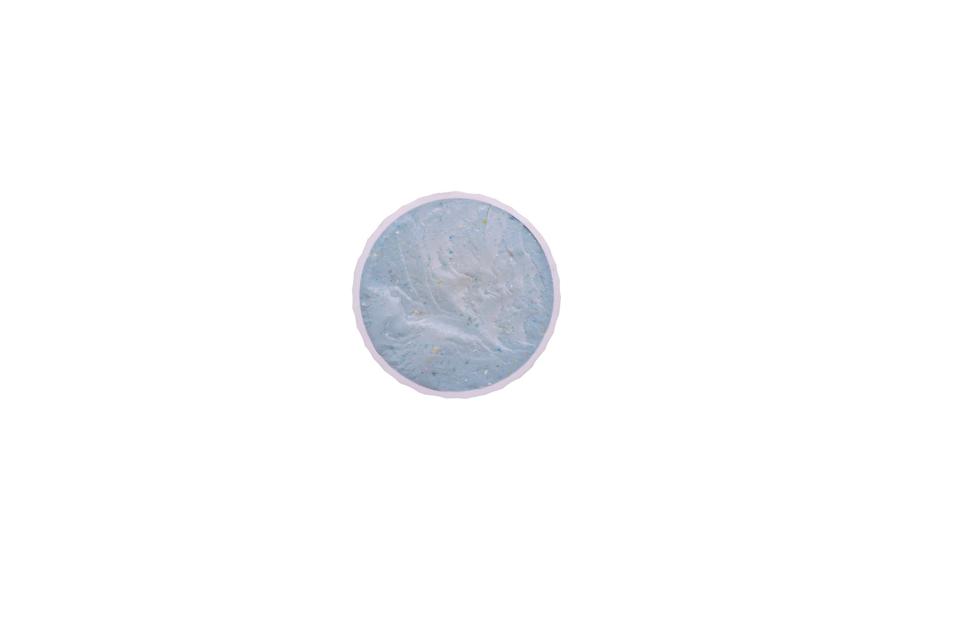
Srixon Soft Feel
This mainstay of the Srixon golf-ball family has been around for more than two decades and is in its 12th version. To increase distance this ball has a gradation core that is softer in the center before gradually turning firmer toward the perimeter. The design delivers more rebound at impact off the longer clubs. For the ionomer cover, a 338-dimple pattern is used to help downrange flight as it enhances lift with reduced drag, a combination that results in more carry distance by keeping the ball in the air longer. The overall compression of 60 is about a third less than the Z-Star, the company’s softest tour ball, and the thin ionomer cover provides enough greenside spin to matter.
Performance: 4/5
Innovation: 4/5
Demand: 3.5/5
Feel Rating (Soft to Firm)
<••••<<•••••••••••>
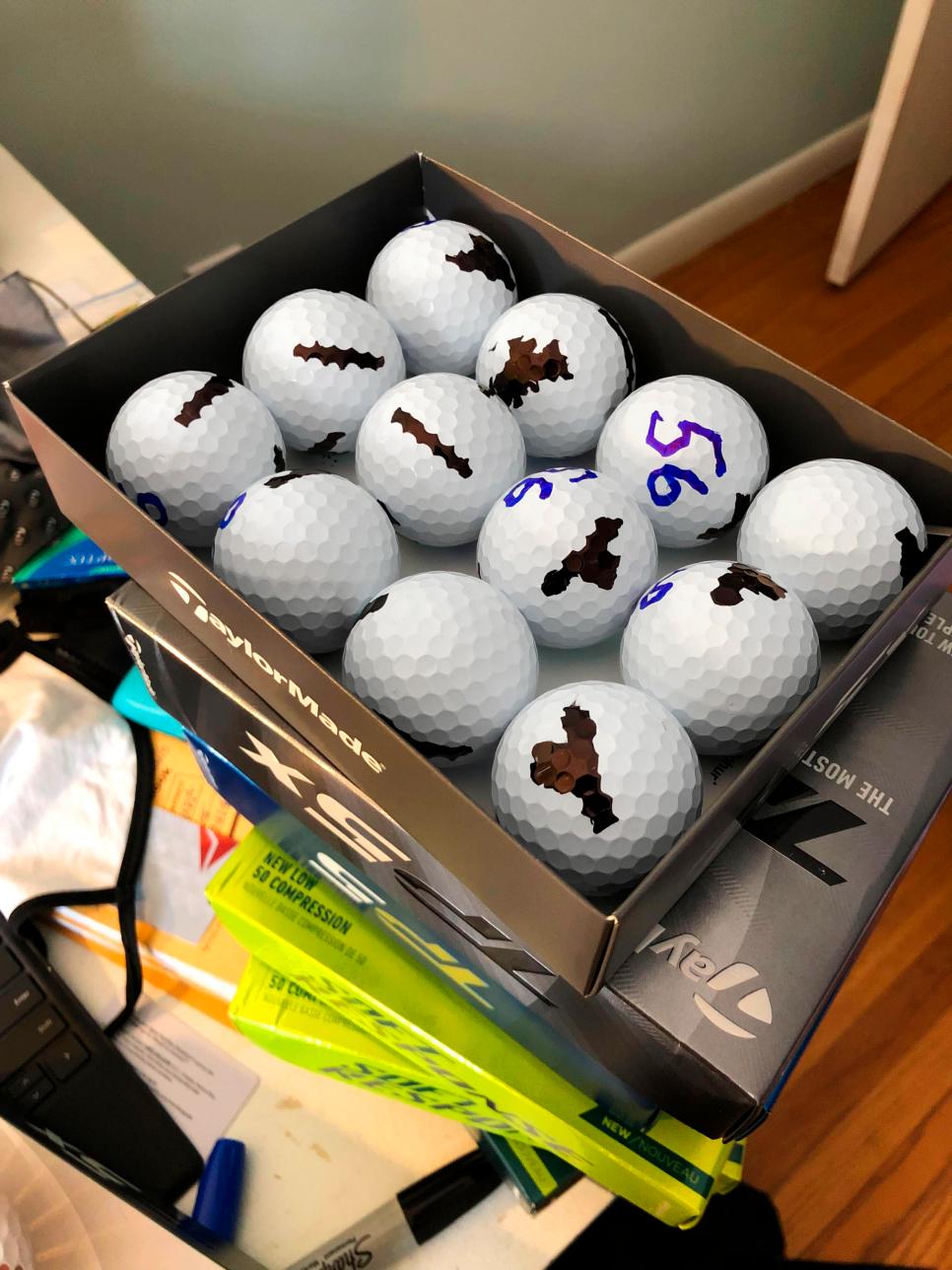
Our ball testing is different
Short game shots are the key.
Although the Golf Digest Hot List and Golf Digest Golf Ball Hot List share similar names, they are anything but in terms of player testing. In many ways, testing golf balls is far more difficult. For clubs, testing is done on a range setting with a variety of player types. Between adjustability and different shaft options, fitting plays an important role. The number of variables that can be discerned are plentiful. Distance, trajectory, turf interaction, spin, look, sound and feel all contribute to the impression of a club. However, golf balls are all round and primarily white and dimpled, so the “look” isn’t a significant factor. There are no fitting levers to work with, either. Sound? Probably not. Meaningful player testing, however, can be done. Unlike clubs, all markings are blacked out. Club testing is conducted with handicaps that go into the 20s, but ball testing entails better players exclusively, with the highest handicap a 5 and most scratch or better. That’s because the vast majority of ball testing is done inside 100 yards and around the green on a golf course. As such, a reliable short-iron game and significant short-game skills are needed because it is these shots where differences appear and can be felt and seen.
—E.M.J.

Titleist TruFeel
If you think Titleist only pays close attention to its tour-caliber Pro V1/V1x balls, consider that its latest version of its lower-cost TruFeel ball required the company to make several adjustments to its manufacturing process. One of the reasons was the use of a significantly larger (and low-compression) core that measures 1.6 inches. That meant re-writing all the software, re-designing the cup geometry and upgrading equipment to control the flow of materials in a precise manner. The reason for all the enhancements? The desire of the TruFeel player to gain distance and keep the pillowy soft feel the ball is known for. Of course, a larger core means a thinner cover, resulting in improved feel on short shots and putts.
Performance: 4/5
Innovation: 4/5
Demand: 3.5/5
Feel Rating (Soft to Firm)
<••<<•••••••••••••>
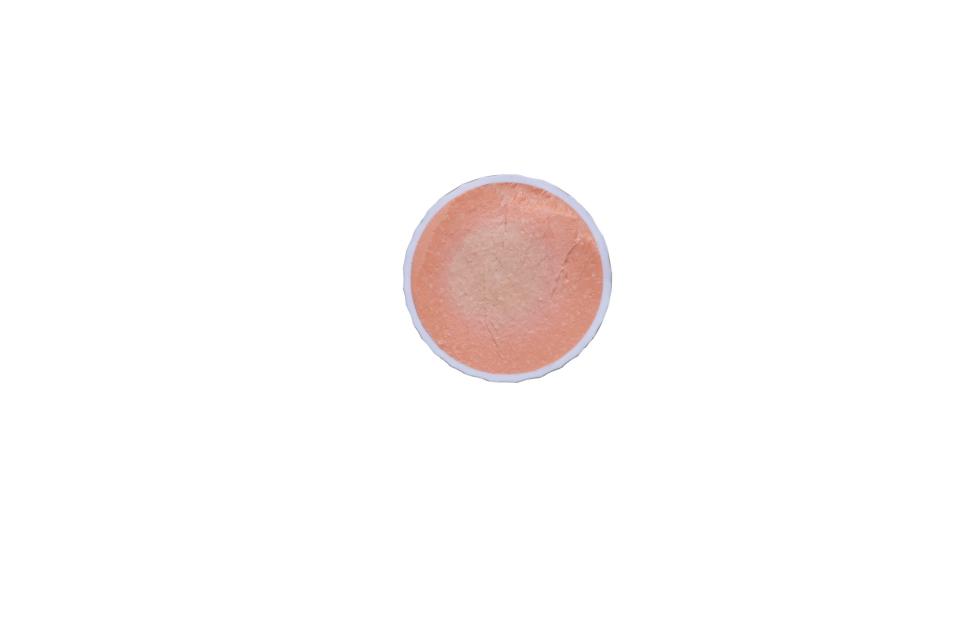
Titleist Velocity
The lower the price point, the more likely it is the consumer is looking for a single specific performance attribute rather than a ball that works well on all parts of the course. For the Velocity player, that usually means a desire to hit it farther because, as we all know, it’s a lot cooler to say you pulled an 8-iron out of the bag from 140 than a 6-iron. To achieve that, the company switched to a higher compression and a 1.55-inch core to give the ball more speed. But as with most golf-ball designs, one change brings another—in this case an alteration to the cover formula to make sure the spin didn’t get too high off the long clubs. Why is that important? Too much spin at higher ball speeds negates the distance gains garnered from the revised core.
Performance: 4/5
Innovation: 4/5
Demand: 3/5
Feel Rating (Soft to Firm)
<••••••••••••>>•••>
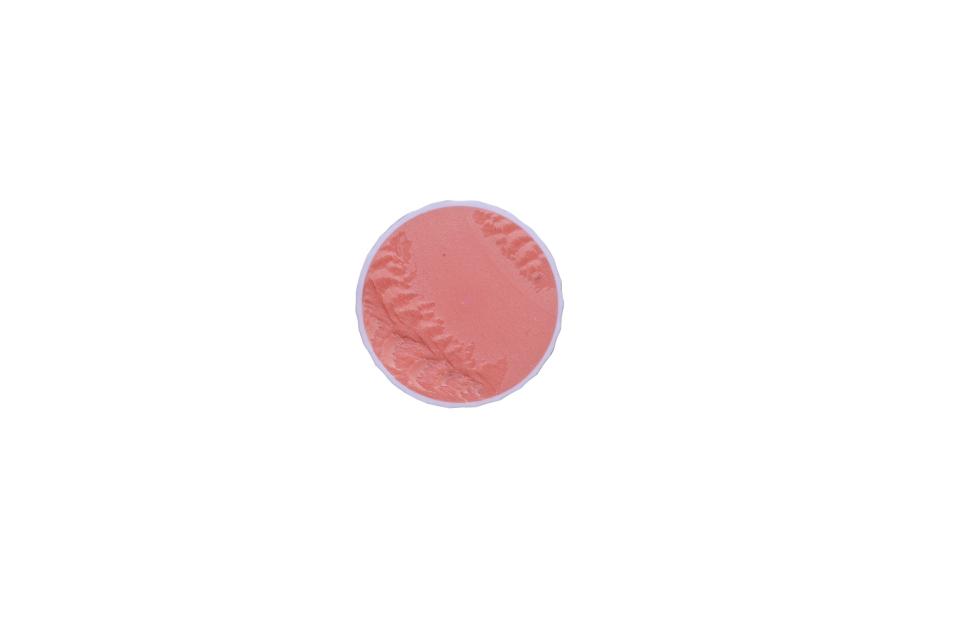
Wilson DuoSoft+
Making a golf ball is like baking a cake: Not only do you need the proper ingredients, but you need the proper amount. For golf balls, that means getting the elements for the core and cover down pat. For Wilson’s Duo Soft+, the difference-maker is the use of zinc pentachlorothiophenol. Using it for the core formula nullifies the co-crosslink- ing agent that can make the core firmer, which robs the ball of distance. Using it, in effect, amplifies the power of a play- er’s swing, leading to ball-speed gains of up to two miles per hour for a player swinging at 90 miles per hour with a driver. The cover is firmer, but the ball remains one of the softest in the category with a 35 compression, providing a cushy feel.
Performance: 4/5
Innovation: 4/5
Demand: 1.5/5
Feel Rating (Soft to Firm)
<•<<••••••••••••••>